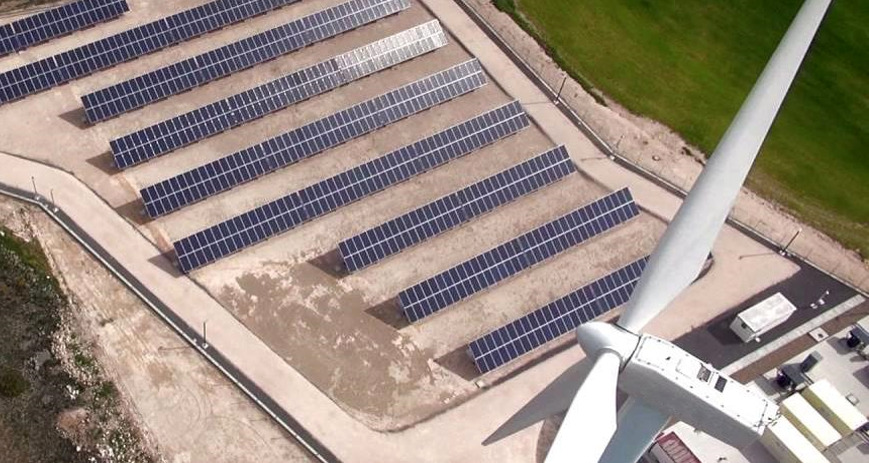
Hybrid and co-located solar-storage projects can provide “considerable benefits” to grids in the US, but only if market rules and practices undergo a wholesale revamp.
That was the verdict from a technical conference hosted by the Federal Energy Regulatory Commission (FERC), which also heard of the significant pipeline of solar projects featuring energy storage elements in the country.
Try Premium for just $1
- Full premium access for the first month at only $1
- Converts to an annual rate after 30 days unless cancelled
- Cancel anytime during the trial period
Premium Benefits
- Expert industry analysis and interviews
- Digital access to PV Tech Power journal
- Exclusive event discounts
Or get the full Premium subscription right away
Or continue reading this article for free
FurThe technical conference assembled a host of industry experts to discuss the potential for both hybrid systems and those where storage is co-located with a generator, before identifying some of the key hurdles to such developments coming forward.
As the conference heard, there is a significant pipeline of hybrid and co-located projects spread across the US. Standing in US interconnection queues are 102GW of solar PV projects that include some form of energy storage, described by Lawrence Berkeley National Laboratory researcher Will Gorman as a “pretty dramatic turn of events”.
Currently, around one-third of all proposed solar projects in the US are planned featuring energy storage.
But for hybrid and co-located projects to reach their true potential and deliver the “considerable benefits” to regional grids that the American Wind Energy Association’s Adam Stern suggested, market rules and regulations must evolve to facilitate them.
“[Their] full potential will not be realised if market rules and practises do not allow hybrid and colocated resources to offer their full value in ISO markets,” he said.
Not all Regional Transmission Operators (RTO) in the US allow hybrid projects to hold a single interconnection agreement, presenting a stumbling block for true hybrid projects where both the generator and storage element are controlled together rather than separately, as can be the case with co-located projects
8minute Solar Energy’s Patrick Tan commented that his company wanted things to “move quickly” in order to deliver consumer benefits through such projects, but acknowledged that this intent was “at odds with how things generally work” on the market side.
Additional reporting by Andy Colthorpe.
Further reporting on the FERC online technical conference can be read on PV Tech’s sister publication Energy-Storage.news here.






